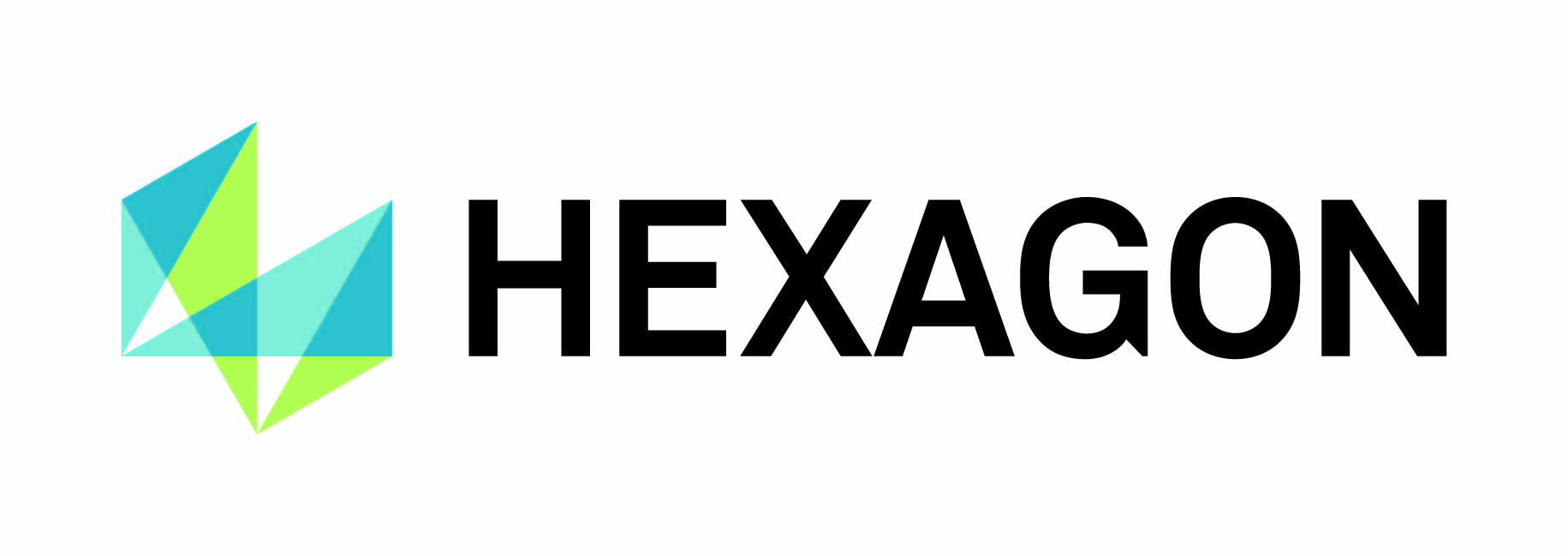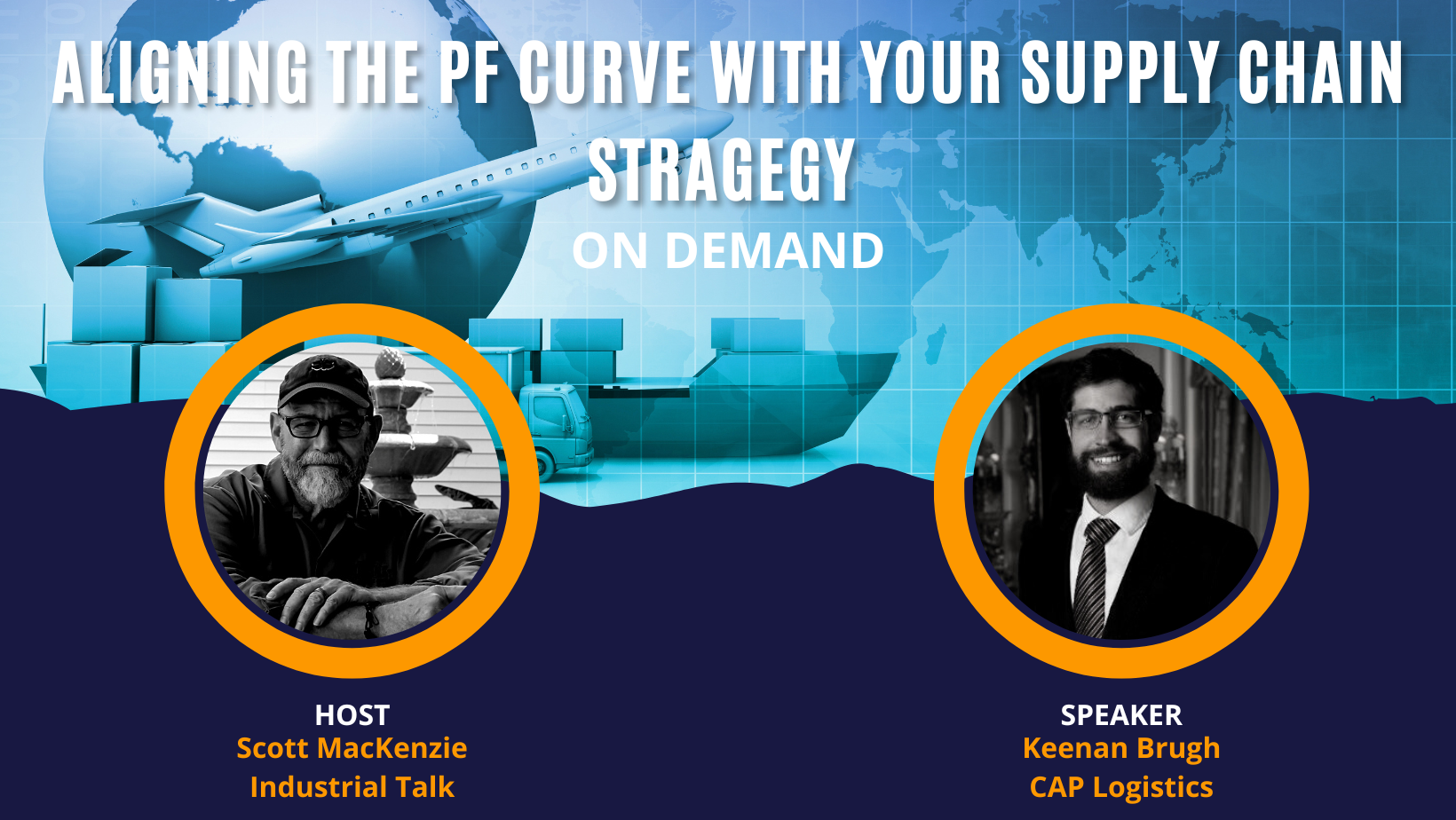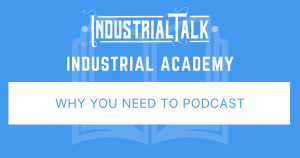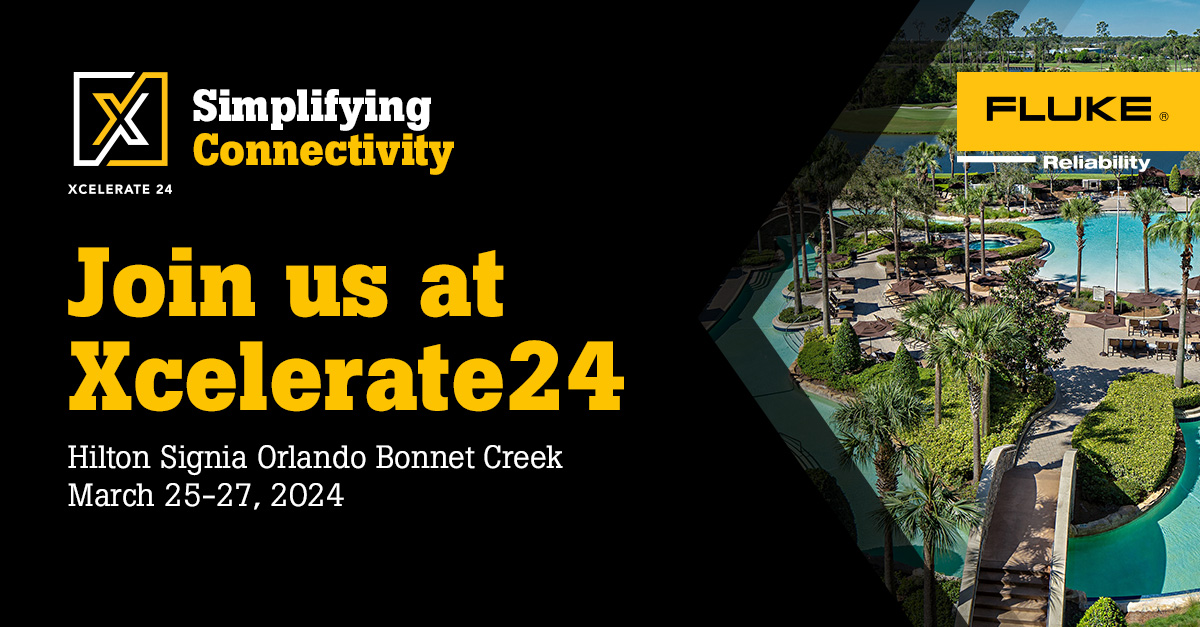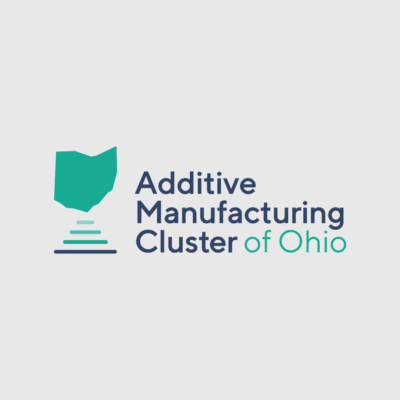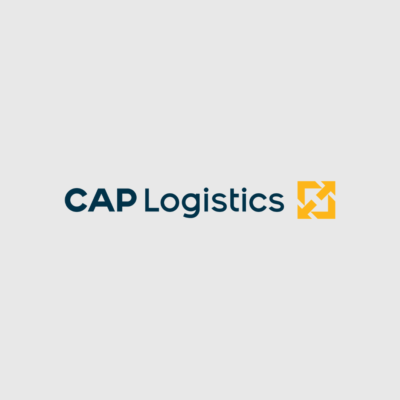Industrial Talk is chatting with John Gounaris, Vice President at G&W Electric Company about “The monumental changes impacting the utility market”.
Scott MacKenzie and John from G&W Electric discussed the challenges faced by the utility industry, including technological advancements, shifting consumer preferences, and the need for a more decentralized grid. John shared his 20+ years of experience, highlighting the importance of innovation, collaboration, and data-driven insights to adapt to these changes. Scott joined the conversation and emphasized the need for utilities to be more nimble and adaptable, and for regulatory evolution to accommodate the integration of inverter-based resources.
Action Items
[ ] Connect with John on LinkedIn or visit G&W Electric's website (gwel.ec) for more information on their solutions.
[ ] Promote an industrial technology or podcast on the Industrial Talk platform to target the industry audience.
[ ] Consider partnering with G&W Electric to find problems on the grid worth solving through custom engineered solutions.
Outline
Utilities, power generation, and industry challenges with John from GE.
John Gounaris discusses challenges in the utility space with Scott MacKenzie.
Scott MacKenzie highlights the importance of podcasts for industry marketing and offers help in starting a podcast on Industrial Talk.
Scott MacKenzie emphasizes the importance of providing solutions to industry leaders.
Solar eclipse and utility industry changes with 20+ year veteran.
John expresses excitement to be back home after a week in Canada, mentioning the solar eclipse and its potential impact on small communities.
John shares personal background, including their role in the utility industry, before discussing G&W's role in facilitating the industry's transition.
The challenges of adapting to a changing electric power industry.
John highlights slow change in industry due to conservative mindset and need for reliable power.
Climate change impacts industry, causing more extreme weather events and pressure to green power production.
John: Decentralized grid with renewables, inverter-based resources, and baseload power.
Utilities need to be nimble in face of changing market dynamics and technological advancements.
John discusses the challenges of integrating renewable energy sources into the grid, including technical, regulatory, and knowledge gaps.
Utilities face a retirement wave, with experienced workers exiting the workforce and younger, less experienced replacements entering, creating a knowledge gap.
Balancing grid transformation with affordability and reliability.
Utilities must adapt to changing power grid dynamics while managing consumer expectations.
John highlights the need for regulatory evolution to ensure affordable electricity for society.
Improving grid efficiency and affordability for renewable energy sources.
John highlights the need for transmission reforms to integrate solar and wind resources into the grid, particularly in areas with high sunlight and wind resources.
John suggests building high-voltage DC technology to efficiently transmit power from one region to another, citing examples from China and Europe.
John: Need regulatory structures to help utilities upgrade transmission lines (28:13)
John: Electrification and decarbonization will require more generation capacity (28:13)
The growth of electric power demand due to AI and data centers.
John: Data centers for AI and machine learning consume several times more power than standard data centers.
John: Projections suggest that data centers could use up all available electric power within 10 years.
G&W has been well-positioned for transformation due to its customer focus and innovative products.
G&W's custom engineering and new technology adoption have been key to its success.
Utilizing AI and IoT to improve grid stability and efficiency.
GW Energy partners with utilities to find problem-solving opportunities on the grid.
Utilities demand faster insights and data to respond rapidly to changes in the market.
Utilities can add intelligence to switching products to increase grid visibility and stability.
Companies like G&W are working to make insights from grid intelligence actionable for utilities.
John from G&W Electric discusses their company's solutions for the utility industry.
John encourages listeners to connect with him and learn more about G&W Electric's offerings.
If interested in being on the Industrial Talk show, simply contact us and let's have a quick conversation.
Finally, get your exclusive free access to the Industrial Academy and a series on “Marketing Process Course” for Greater Success in 2024. All links designed for keeping you current in this rapidly changing Industrial Market. Learn! Grow! Enjoy!
JOHN GOUNARIS' CONTACT INFORMATION:
Personal LinkedIn: https://www.linkedin.com/in/john-gounaris-52808a4/
Company Website: https://www.gwelectric.com/
0

![Industrial Talk is onsite at OMG, Q1 Meeting and talking to Pieter van Schalkwyk, CEO of XMPRO about "Successful solutions and tools to implement your Digital Twin strategy".
Scott MacKenzie and Pieter discussed the potential of digital twin technology in the industrial sector, emphasizing the need for standards and proper implementation to achieve real business value. They highlighted the importance of digital twins in addressing business problems and achieving ROI, particularly in asset-intensive industries like oil and gas, mining, energy, and utilities. The conversation emphasized the significance of digital twin technology in improving efficiency, reducing costs, and enhancing decision-making in these industries.
Action Items
[ ] Connect with Pieter van Schalkwyk on LinkedIn
[ ] Read Peter's book on building industrial digital twins using Azure Digital Twin
[ ] Promote your podcast or technology on the industrial talk platform
[ ] Reach out to Peter for more information on digital twin implementation and the periodic table
Outline
Digital twin technology and its challenges.
Peter, CEO of XMPro, discusses digital twin technology at OMG's Q1 meeting.
Pieter highlights increasing complexity in digital twin technology, emphasizing need for standards and interoperability.
Digital twin capabilities and their importance in business.
Pieter explains technology-agnostic approach to digital twins, focusing on business value.
Pieter emphasizes the importance of understanding capabilities in the digital twin context.
Pieter and Scott MacKenzie discuss how to identify and prioritize capabilities in an organization.
Pieter discusses vetting capabilities for digital twin technology with industry practitioners and DTC members.
Digital twin technology and its applications in various industries.
Pieter suggests expanding the digital twin standard to include emerging technologies like Gen AI, while also making it machine-readable for easier adoption and compliance.
Scott MacKenzie appreciates the simplicity of the digital twin standard, which allows for easy explanation and understanding, even for non-technical individuals.
Pieter MacKenzie, CEO of XM Pro, discusses digital twin technology and its applications in asset-intensive industries.
Pieter encourages listeners to reach out to him on LinkedIn for more information and collaboration.
If interested in being on the Industrial Talk show, simply contact us and let's have a quick conversation.
Finally, get your exclusive free access to the Industrial Academy and a series on “Marketing Process Course” for Greater Success in 2024. All links designed for keeping you current in this rapidly changing Industrial Market. Learn! Grow! Enjoy!
PIETER VAN SCHALKWYK'S CONTACT INFORMATION:
Personal LinkedIn: https://www.linkedin.com/in/pietervs/
Company LinkedIn: https://www.linkedin.com/company/xmpro-inc/
Company Website: https://xmpro.com/](https://industrialtalk.com/wp-content/plugins/youtube-feed-pro/img/placeholder.png)




